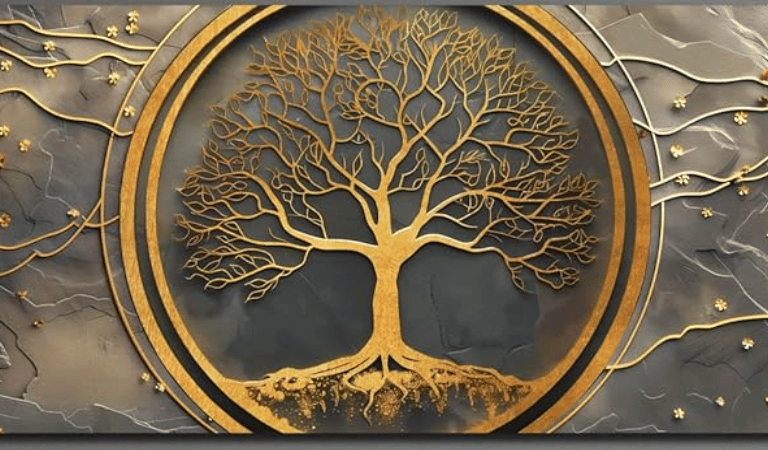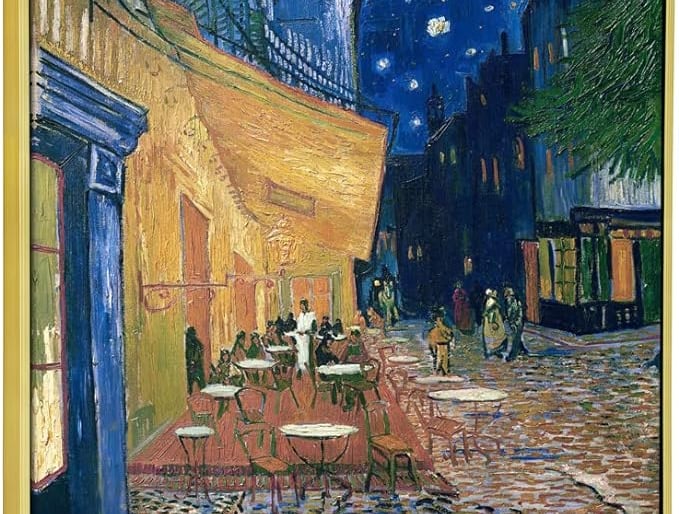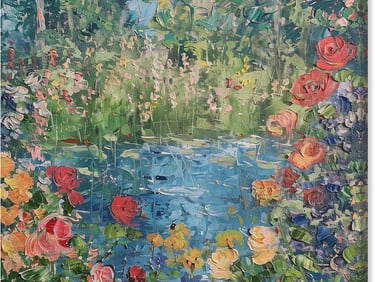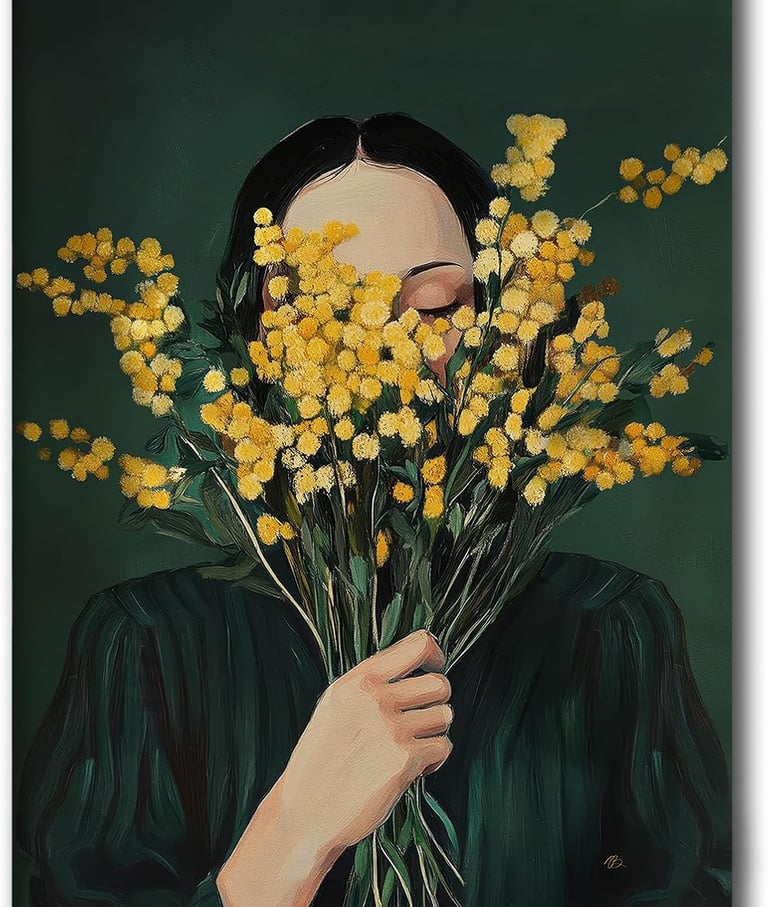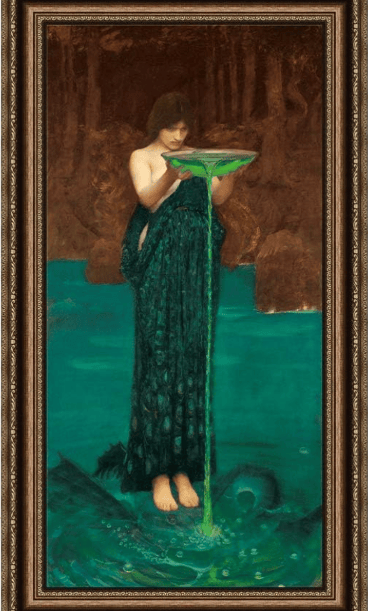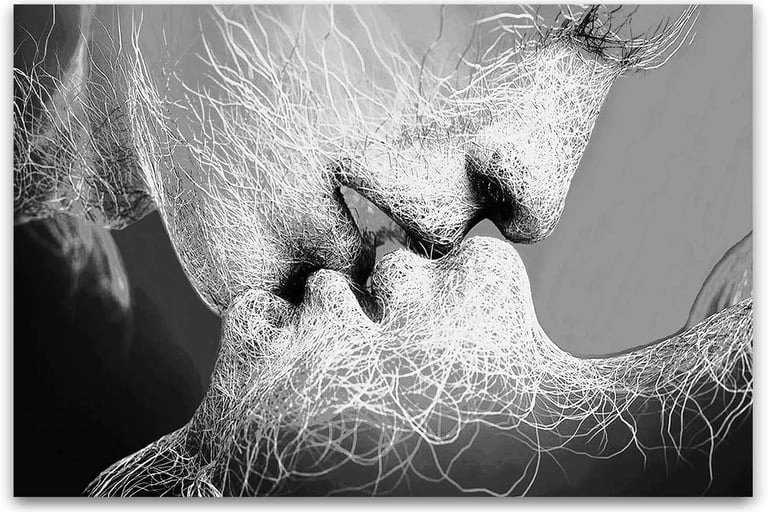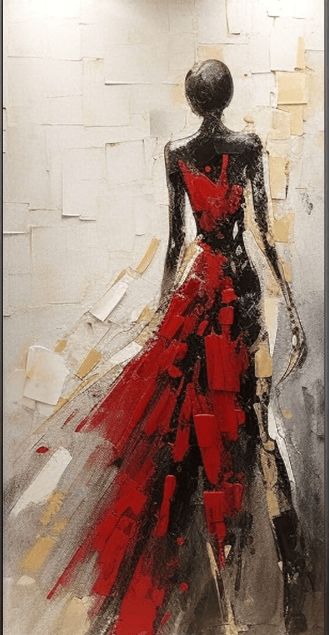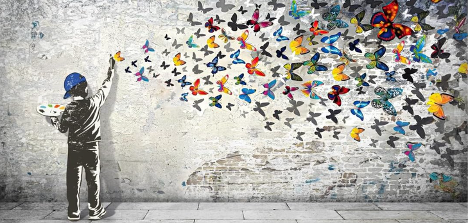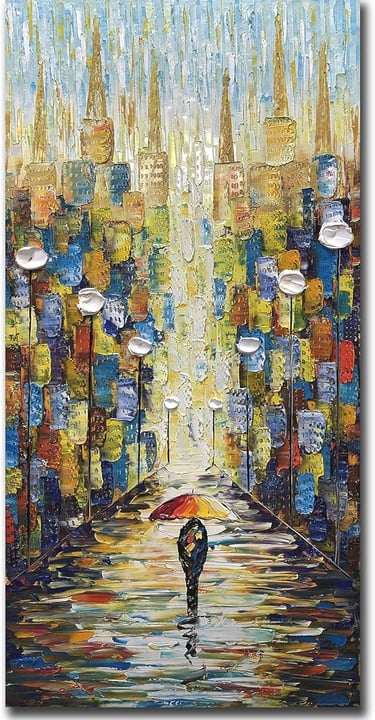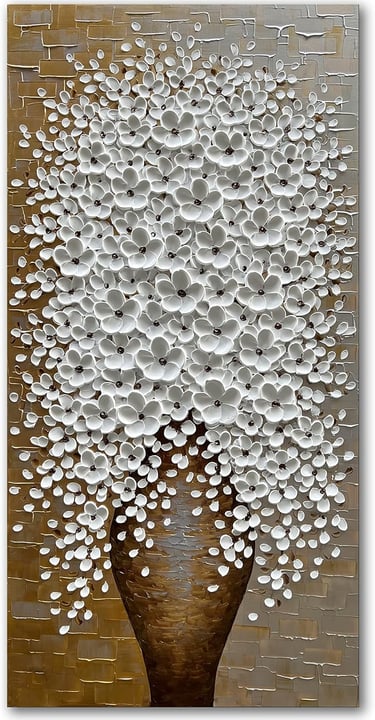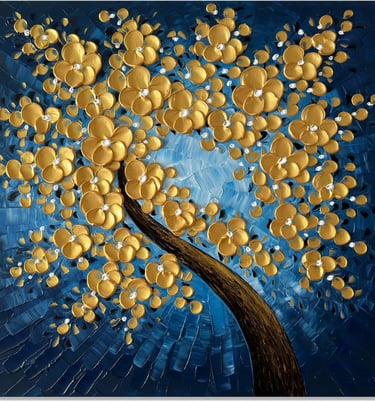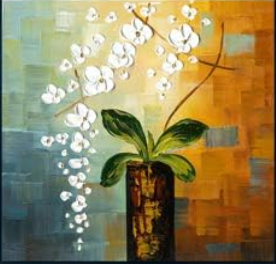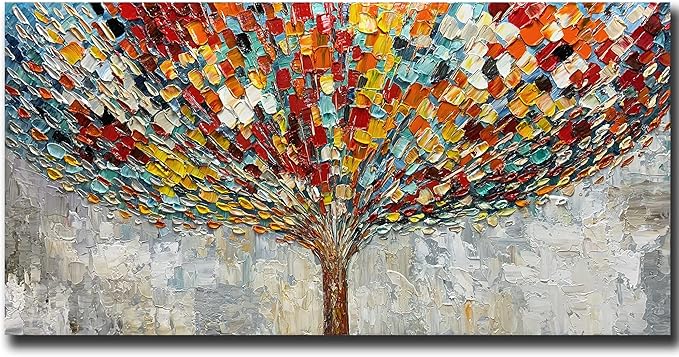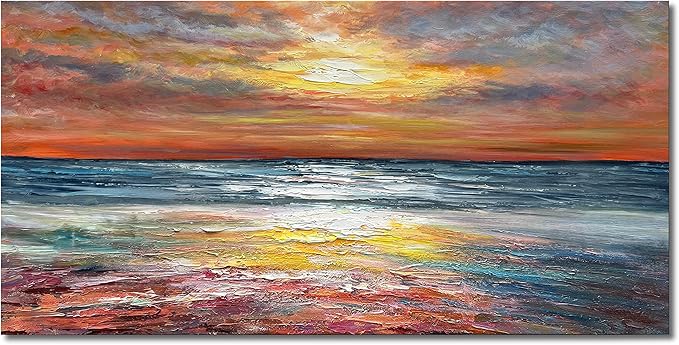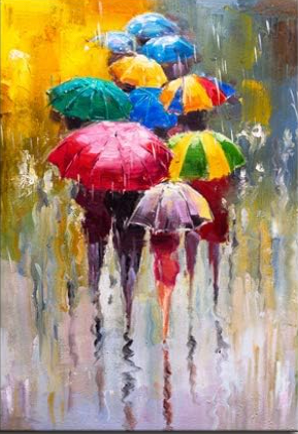The Transformative Power of Looking at Art: Why Your Eyes—and Mind—Crave Beauty
Discover the science and soul behind why looking at art is more than just a visual experience—it’s a powerful act of self-care. This blog explores how viewing art can reduce stress, boost brain function, evoke empathy, and spark a sense of awe. Whether you’re in a museum or simply gazing at a painting online, learn how engaging with art can ground you, heal you, and reconnect you to what truly matters.
ART
7/22/20254 min read


In a world overflowing with noise, speed, and constant stimulation, pausing to look at art can feel like a quiet rebellion. Whether you're standing before a Monet, scrolling through a digital gallery, or lingering over a mural on your morning walk—something happens. Your breath slows. Your mind shifts. You feel.
Looking at art isn’t just a pleasant pastime; it’s a deeply nourishing practice for your mental, emotional, and even physical well-being. And science is beginning to back that up.
🌿 1. Art Slows You Down
Modern life moves fast. We skim articles, scroll feeds, and multitask our way through the day. But art invites slowness. It holds your attention. It doesn’t demand anything—except that you be present.
This slowing down is powerful. Research from the University of Westminster found that just 35 minutes spent in an art gallery significantly reduced cortisol levels, the body’s primary stress hormone (Clow & Fredhoi, 2006).
"Looking at art is like deep breathing for your brain."
🧠 2. It Stimulates the Brain in Unique Ways
Art engages both hemispheres of the brain. It invites us to observe line, pattern, and color (left brain), while also awakening emotion, memory, and imagination (right brain). This dual engagement can:
Boost problem-solving abilities
Enhance creativity
Improve mood and emotional resilience
A 2011 study led by Professor Semir Zeki at University College London used brain scans to reveal that viewing beautiful artworks triggered a release of dopamine—the brain’s “feel-good” chemical—especially in the orbitofrontal cortex, which is associated with pleasure and reward. The brain responded similarly to how it reacts when one falls in love.
💓 3. Art is Empathy in Color and Form
When you stand before an artwork, you are stepping into someone else’s vision, emotion, and perspective. This deepens your capacity to empathize. You begin to see the world not just through your own eyes, but through the lens of another soul.
Viewing art also activates the default mode network—a region of the brain associated with introspection, memory, and understanding others’ mental states (Vessel et al., 2012, Frontiers in Human Neuroscience). In other words, looking at art helps you connect not just to yourself, but to others.
✨ 4. Art Sparks Joy and Awe
Have you ever experienced a chill down your spine or tears in your eyes just by looking at a painting? That’s the power of awe—and it has measurable effects. Awe has been shown to reduce ego, increase feelings of connection, and even lower inflammatory markers in the body (Stellar et al., 2015, Emotion).
Art is one of the most accessible sources of awe. Unlike travel or major life events, you can experience it in your living room, on a sidewalk, or tucked away in a quiet museum gallery.
🌱 5. It Supports Healing and Self-Reflection
Art therapy is an established field with growing clinical evidence. But even passive engagement with art—just looking—can aid emotional processing.
A 2013 meta-analysis in Arts & Health journal found that art-viewing experiences in clinical settings (like hospitals and elder care) improved mood, reduced anxiety, and supported patient recovery (Staricoff, 2004).
Whether you're navigating grief, searching for inspiration, or simply feeling overwhelmed, spending time with art can offer grounding, comfort, and quiet insight.
🖼 Final Thought: Make Art a Ritual
You don’t need an art history degree to be moved by a painting or inspired by a sculpture. Let art be personal. Let it speak to you.
Visit a local gallery or museum
Curate your digital spaces with images that soothe or energize
Spend a few minutes looking—really looking—at a single piece each day
Art doesn’t solve problems. But it reminds you who you are.
And sometimes, that’s more than enough.
Sources:
Clow, A., & Fredhoi, C. (2006). The effect of an art gallery visit on stress and mood. University of Westminster.
Zeki, S., et al. (2011). The experience of beauty and its neural correlates. University College London.
Vessel, E. A., et al. (2012). The default-mode network represents aesthetic appeal that generalizes across visual domains. Frontiers in Human Neuroscience.
Stellar, J. E., et al. (2015). Awe and the small self: Awe increases prosocial behavior via the small self. Emotion.
Staricoff, R. L. (2004). Arts in health: a review of the medical literature. Arts Council England.
NURTURE
Sustain
Care
© 2025. All rights reserved.

